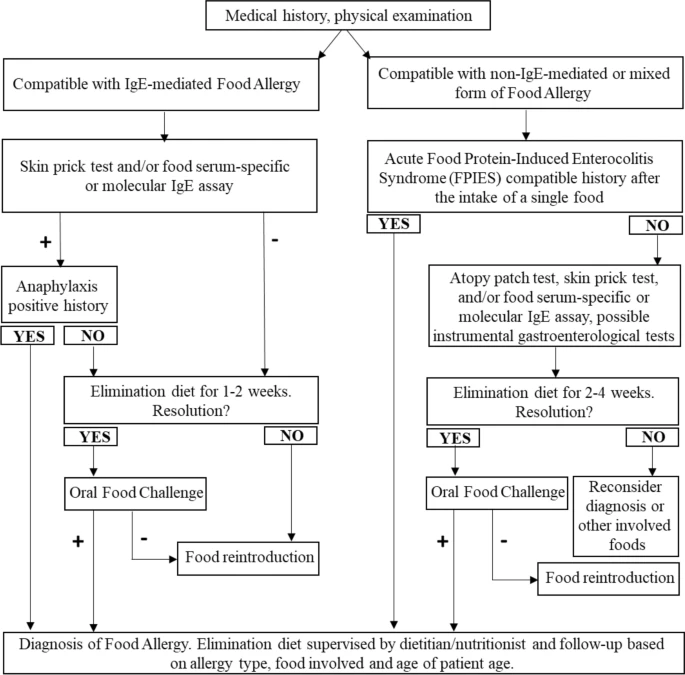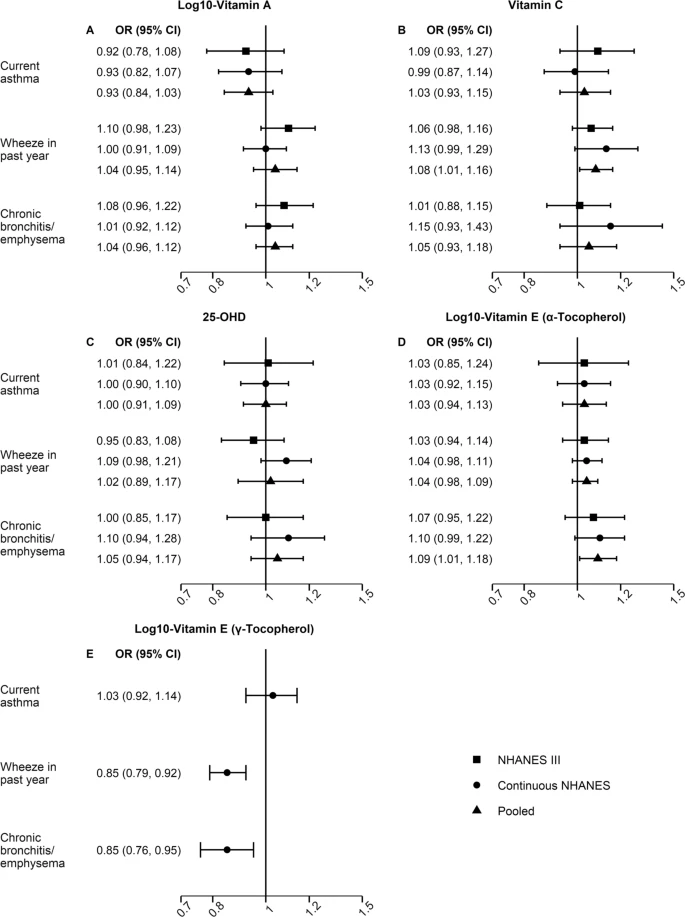Olaguibel JM1, Sastre J2, Rodríguez JM3, del Pozo V4
1Servicio de Alergología, Hospital Universitario de Navarra, CIBER de Enfermedades Respiratorias (CIBERES), Pamplona, Spain
2Allergy Department, Fundación Jiménez Díaz, CIBER de Enfermedades Respiratorias (CIBERES), School of Medicine, Universidad Autónoma de Madrid, Madrid, Spain
3Department of Immunology, IIS-Fundación Jiménez Díaz and CIBER de Enfermedades Respiratorias (CIBERES), Madrid, Spain
4Department of Immunology, IIS-Fundación Jiménez Díaz; CIBER de Enfermedades Respiratorias (CIBERES) and School of Medicine, Universidad Autónoma de Madrid, Madrid, Spain
J Investig Allergol Clin Immunol 2022; Vol 32(3) : 165-180
doi: 10.18176/jiaci.0823

Five biological drugs are currently marketed for treatment of uncontrolled severe asthma. They all block type 2 inflammatory pathways by targeting IgE (omalizumab), the IL-5 pathway (mepolizumab, reslizumab, benralizumab), or the IL-4/IL-13 pathway (dupilumab). Hypereosinophilia has been observed in 4%-25% of patients treated with dupilumab and is transient in most cases, although there have been reports of persistent cases of symptomatic hypereosinophilia consistent with eosinophilic granulomatosis with polyangiitis (EGPA), eosinophilic pneumonia, eosinophilic vasculitis, and sudden worsening of asthma symptoms. Cases of EGPA have been reported with all biologics, including anti–IL-5 agents, and with leukotriene receptor antagonists in publications or in the EudraVigilance database. In many cases, EGPA appears during tapering of systemic corticosteroids or after switching from an anti–IL-5 biologic to dupilumab, suggesting that systemic corticosteroids or the anti–IL-5 agent were masking vasculitis.





